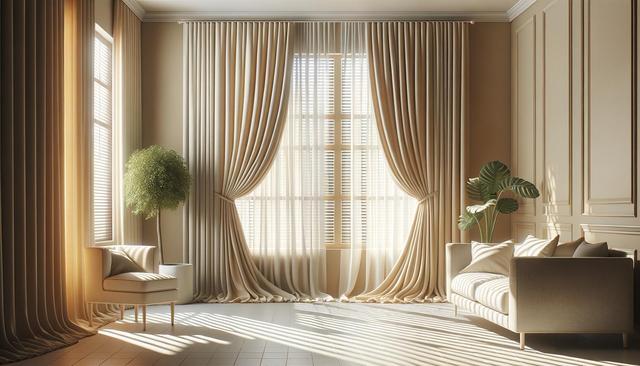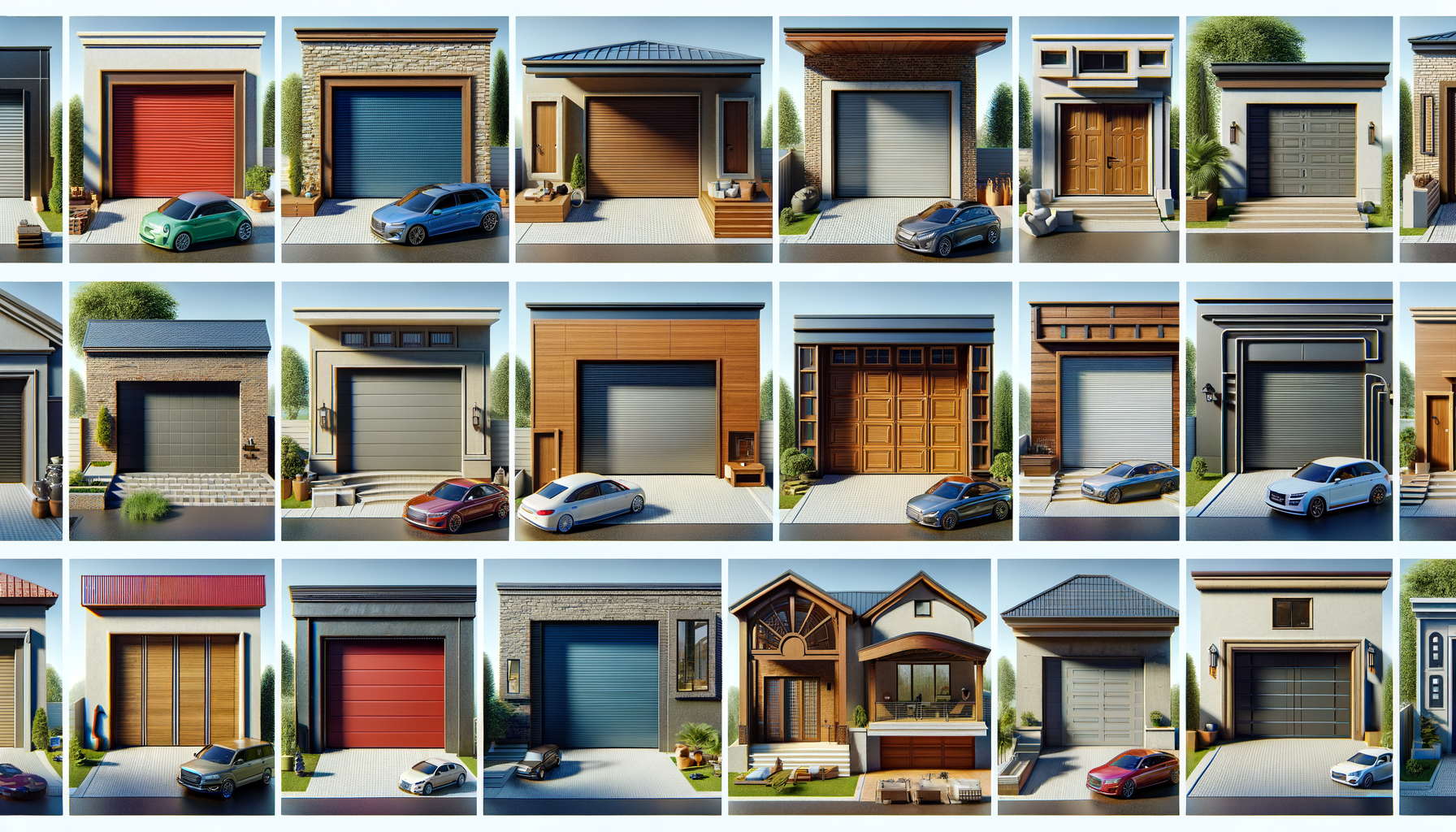Understanding the Basics: Blinds vs. Curtains
When it comes to window treatments, blinds and curtains are two of the most frequently chosen options. Each offers unique benefits depending on your needs for privacy, light control, and design. Blinds are typically made of materials such as wood, faux wood, aluminum, or PVC, and they come in various styles like vertical, Venetian, and roller blinds. Curtains, on the other hand, are fabric-based and range from lightweight sheers to heavy drapes. Understanding these basic differences is the first step in deciding which option aligns with your home decor and lifestyle preferences.
Blinds are often preferred for their clean, modern appearance and precise light control. They are ideal for rooms where you want to easily adjust natural lighting without sacrificing privacy. Curtains offer softer aesthetics and are available in a wide variety of colors, patterns, and textures, making them a versatile choice for enhancing interior design. If your goal is to create a cozy, formal, or luxurious ambiance, curtains may be the more fitting option.
Light Control and Privacy Considerations
One of the most important factors in choosing between blinds and curtains is how well each option manages light and privacy. Blinds provide excellent control because their slats can be tilted to allow in just the right amount of light, or fully closed for complete privacy. This makes them particularly effective in rooms such as offices, kitchens, or bathrooms where variable light control is essential.
Curtains, while slightly less adjustable than blinds, offer a layered approach for managing light. You can combine sheer curtains with heavier drapes to create multiple lighting effects:
- Sheer curtains allow soft, diffused light while maintaining minimal privacy
- Blackout drapes completely block light and offer maximum privacy
- Layered combinations offer flexibility for different times of day
Ultimately, if light control is your top priority, blinds may offer a more functional solution. However, if you prefer diffused light and a more decorative approach, curtains provide an effective and attractive alternative.
Style and Aesthetic Appeal
Style plays a major role in selecting the right window coverings. Blinds are often associated with a modern, minimalist look and are available in neutral tones that blend seamlessly with contemporary interiors. Their sleek lines and compact design make them suitable for small spaces or homes with a clean, streamlined aesthetic.
Curtains, in contrast, add softness and warmth to a room. They come in an extensive range of fabrics, from linen to velvet, and can be customized with patterns, trims, and tiebacks. Curtains are especially effective in adding a touch of elegance to living rooms, bedrooms, and dining areas. Depending on your decor goals, you might choose:
- Light fabrics and pastel colors for a breezy, casual vibe
- Heavy fabrics and dark colors for a dramatic, luxurious effect
- Layered curtains with valances for a traditional or formal look
Your choice between blinds and curtains should align with the overall interior design theme of your home, ensuring a cohesive and inviting space.
Maintenance and Durability
Maintenance is another key consideration when deciding between blinds and curtains. Blinds are generally easier to clean, requiring only a quick wipe-down with a damp cloth or a gentle dusting. This makes them a practical choice for areas prone to dust or moisture, such as kitchens or bathrooms.
Curtains, depending on the fabric, may require more effort to maintain. Some curtains are machine washable, but others need dry cleaning or periodic steaming to keep them looking fresh. Additionally, curtains can accumulate dust and allergens more easily, which might be a concern for allergy-sensitive households.
In terms of durability, blinds made from metal or synthetic materials tend to last longer and are more resistant to wear and tear. Curtains, while durable when made from quality fabrics, can fade or weaken over time, especially when exposed to direct sunlight. If ease of upkeep and longevity are priorities, blinds may offer a more practical solution.
Functionality and Room Suitability
Different rooms in your home may benefit more from either blinds or curtains depending on their function and usage. For example, blinds are often favored in kitchens and home offices due to their straightforward operation and ability to control light effectively. They are also less likely to absorb odors or stains, which is beneficial in cooking areas.
Curtains are better suited for rooms where comfort and ambiance are essential, such as bedrooms and living rooms. Heavier curtain materials can help with insulation, reducing heat loss in winter and blocking heat in summer. This can contribute to energy savings and enhanced comfort. Consider the following room-specific recommendations:
- Living Room: Curtains add charm and can create a layered look
- Bedroom: Use blackout curtains for better sleep quality
- Kitchen: Opt for moisture-resistant blinds for easy cleaning
- Bathroom: Waterproof blinds provide privacy and durability
By tailoring your window treatments to the needs of each space, you can enhance both the functionality and style of your home.
Conclusion: Making the Right Choice for Your Home
Choosing between blinds and curtains ultimately depends on your specific needs, aesthetic preferences, and the function of each room. Blinds offer precise control, easy maintenance, and a modern look, making them ideal for functional spaces. Curtains, with their rich textures and decorative appeal, bring warmth and elegance to living spaces.
By evaluating factors such as light control, privacy, maintenance, and style, you can make an informed decision that enhances your home’s comfort and visual appeal. Whether you opt for the clean lines of blinds or the sophisticated drape of curtains, the right window treatment can significantly elevate your interior environment.




Leave a Reply